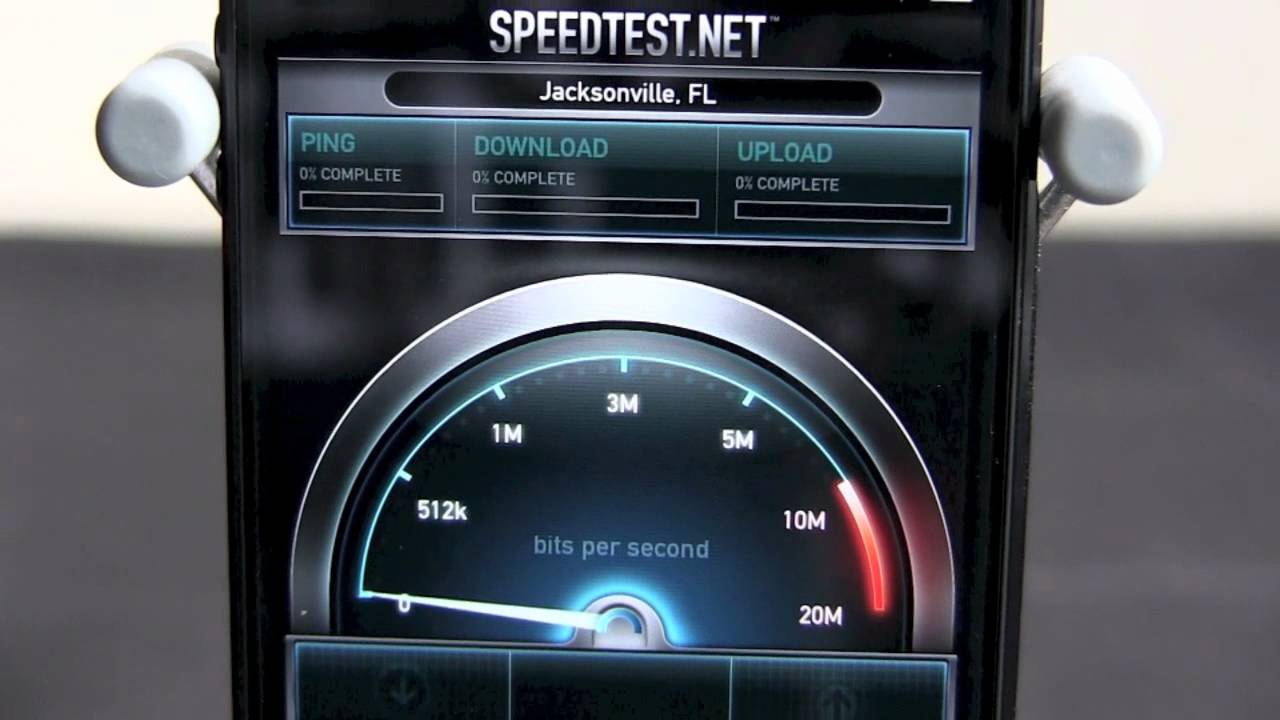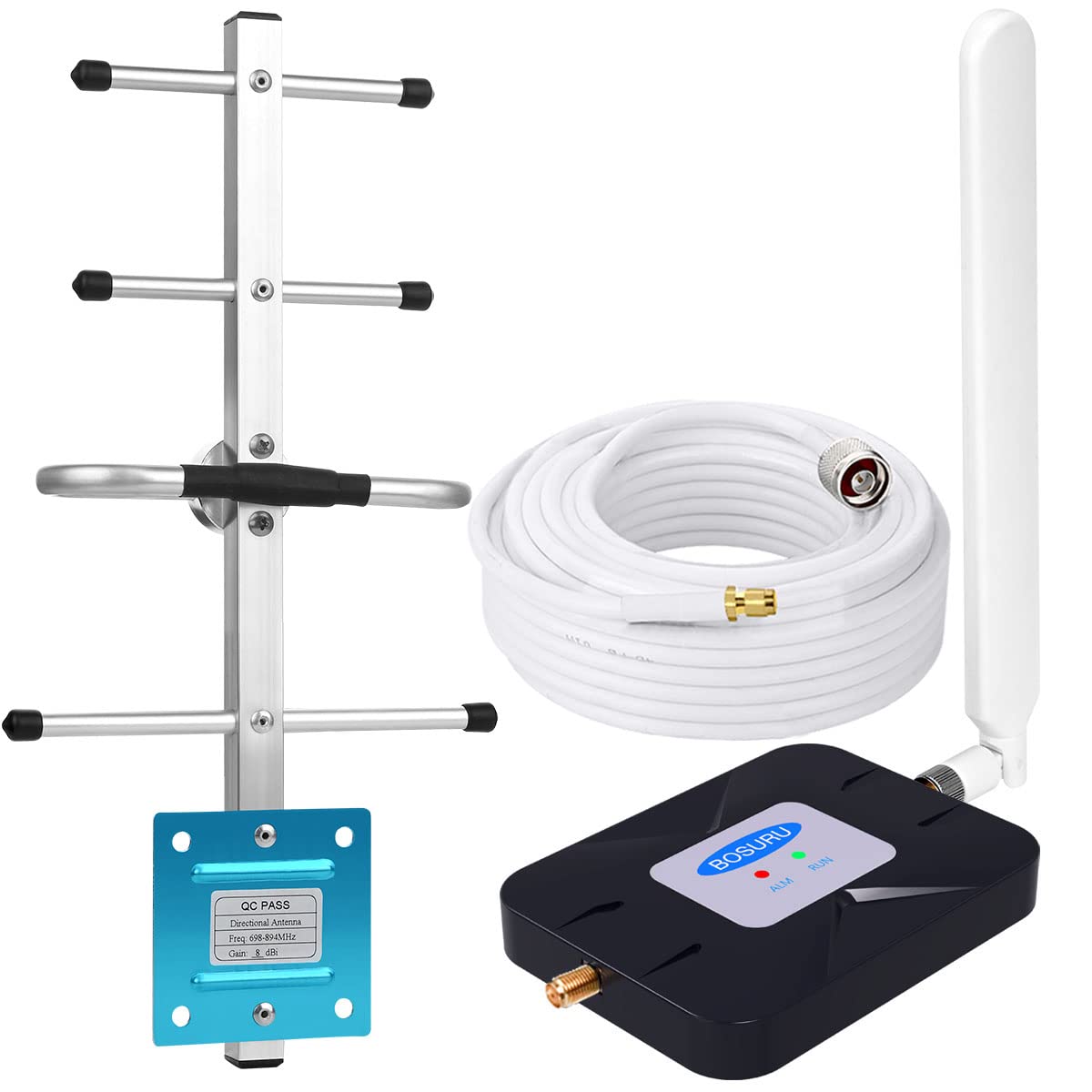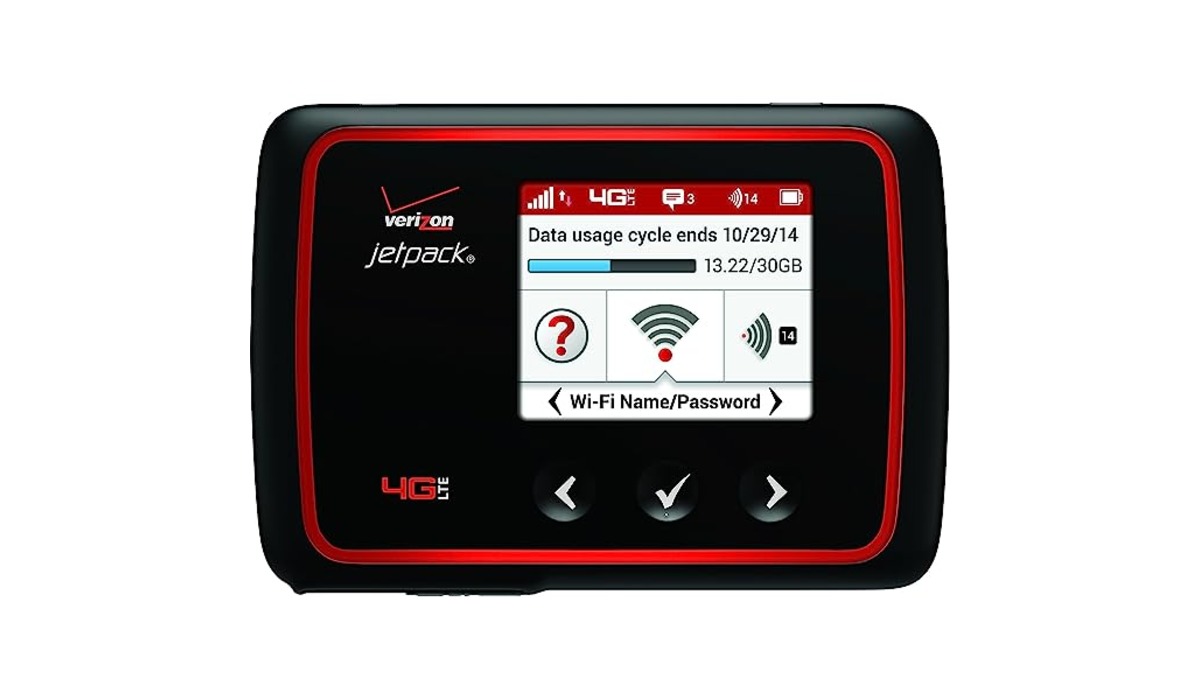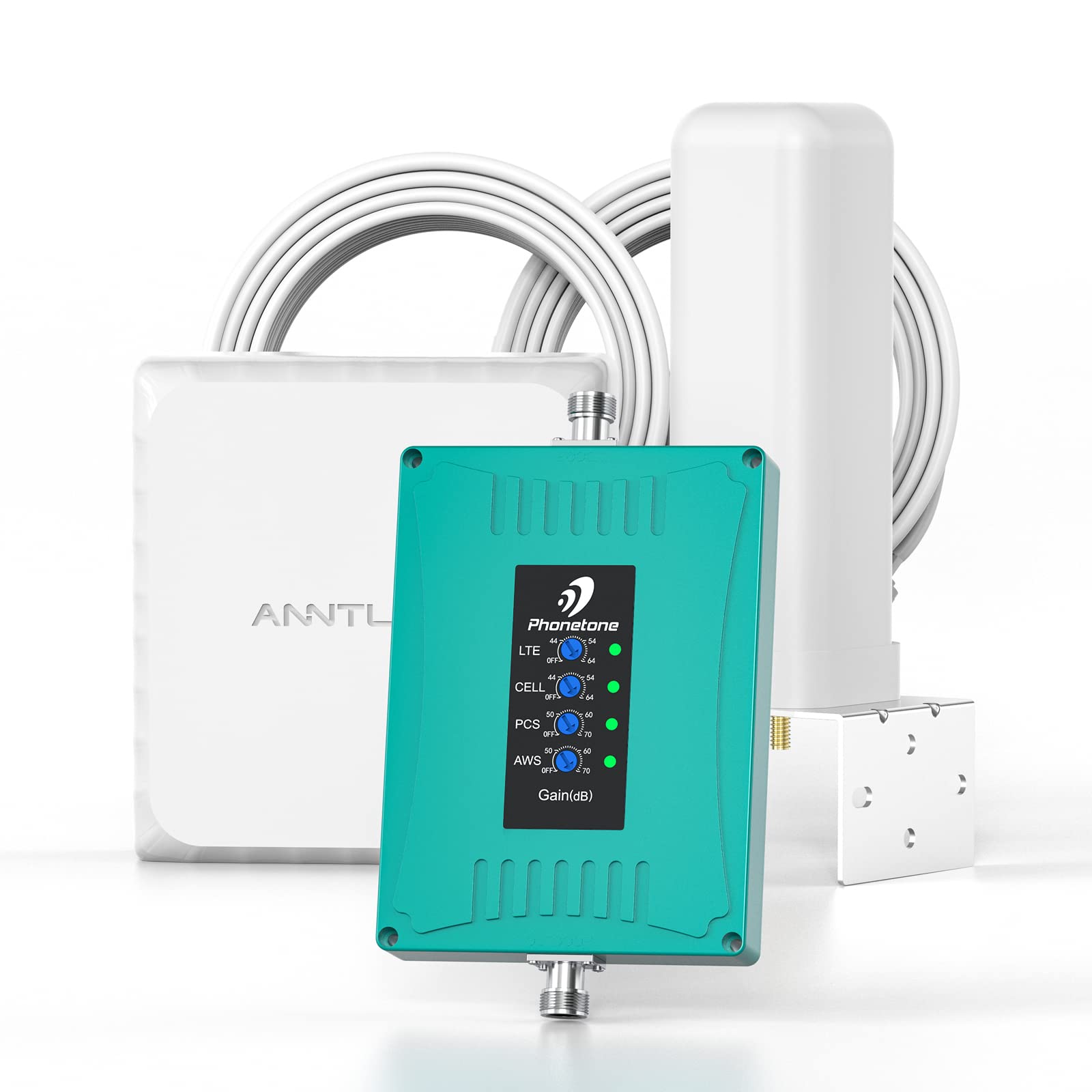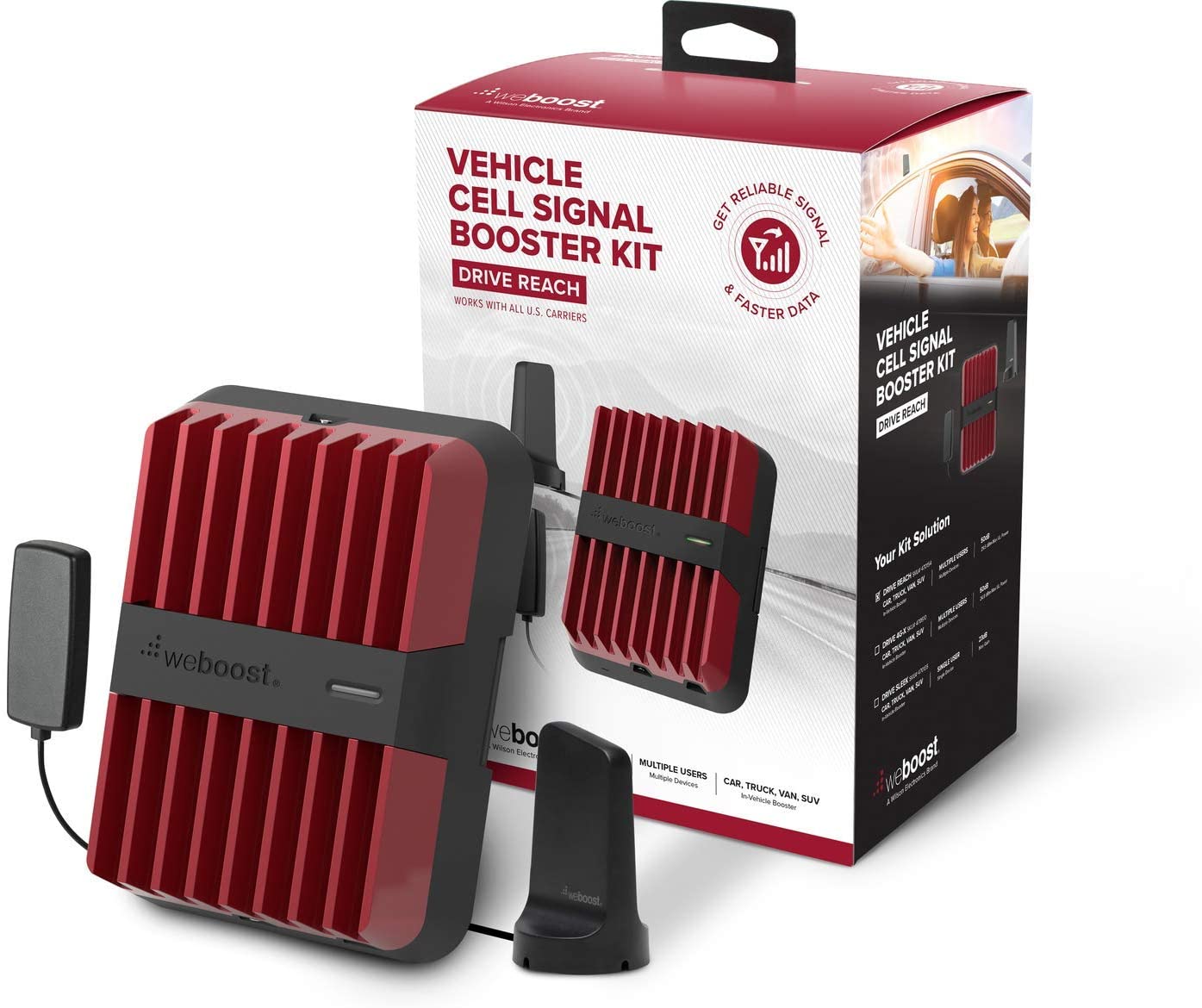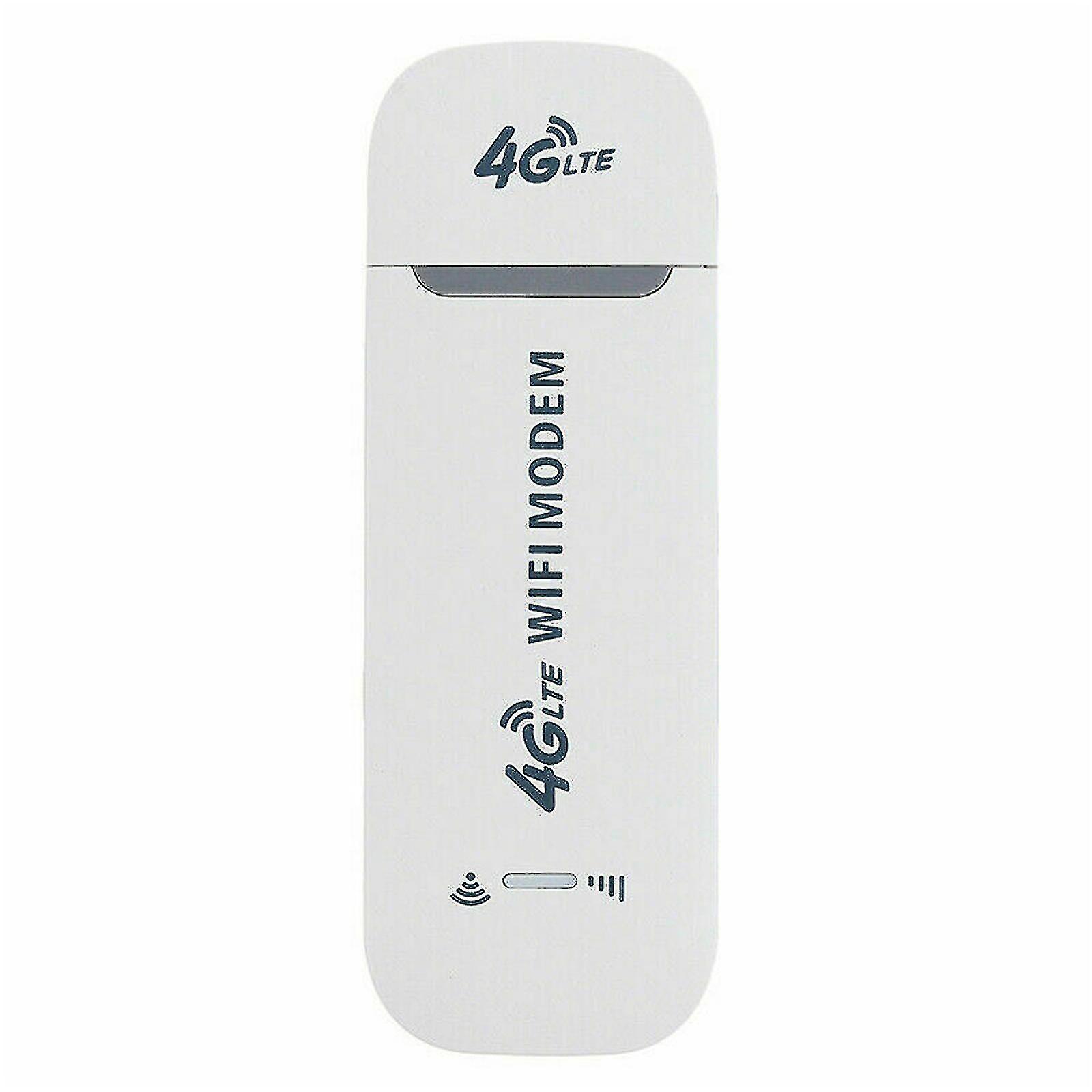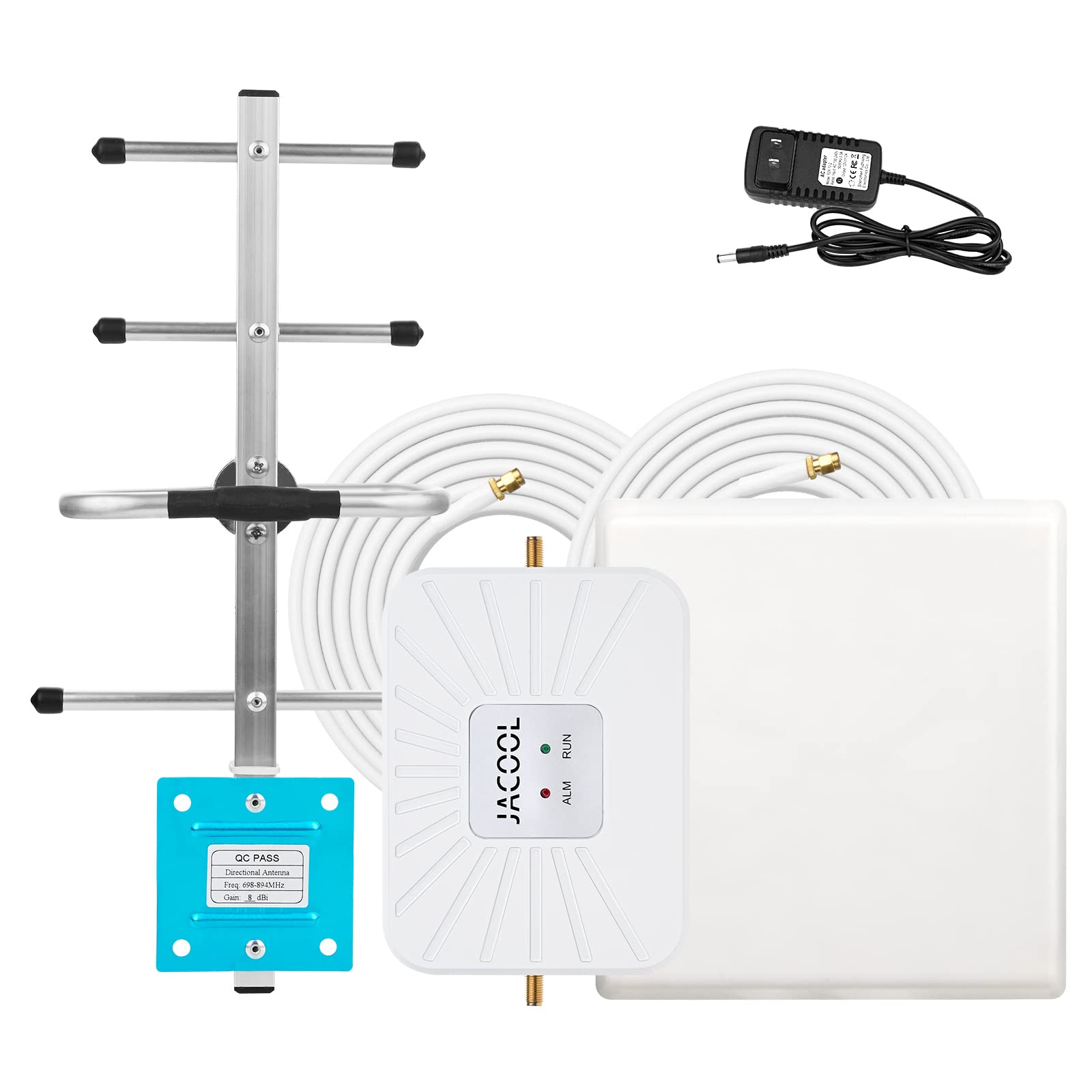Introduction
Verizon 4G LTE is a wireless communication network offered by Verizon Wireless, one of the leading telecommunications providers in the United States. With the growing demand for faster and more reliable internet connectivity, this technology has become a game-changer in the mobile industry.
As the successor to 3G technology, 4G LTE, which stands for Fourth Generation Long-Term Evolution, provides users with significantly faster internet speeds, improved network capacity, and reduced latency. Whether you’re streaming videos, playing online games, or downloading large files, Verizon 4G LTE ensures a seamless and high-performance online experience.
With the exponential growth of data consumption and the increasing reliance on mobile devices, having access to a dependable and speedy network has become a necessity for both individuals and businesses. Verizon has made significant investments to ensure their 4G LTE network is widely available and capable of meeting this demand.
In this article, we will delve deeper into the world of Verizon 4G LTE, exploring its network speeds, coverage, and real-life examples of its performance. Additionally, we will compare Verizon’s 4G LTE with other networks to give you a better understanding of its capabilities and advantages.
Before we dive into the specifics, let’s take a closer look at network speeds and how they play a crucial role in determining the quality of your mobile internet experience.
What is Verizon 4G LTE?
Verizon 4G LTE is a wireless communication technology that provides users with high-speed mobile internet access. LTE stands for “Long-Term Evolution,” and it represents the next step in the evolution of wireless networks, succeeding the 3G (Third Generation) technology.
Compared to its predecessor, Verizon 4G LTE offers significantly faster data transfer speeds, reduced latency, and improved network capacity. This allows users to enjoy seamless streaming of HD videos, faster downloads and uploads, online gaming with minimal lag, and smoother browsing experiences.
One of the key advantages of Verizon 4G LTE is its ability to deliver consistent high-speed connections. Whether you’re in a bustling city or a rural area, you can expect reliable and fast internet access on your mobile device, as long as you have coverage within Verizon’s network.
Verizon has invested heavily in expanding and enhancing its 4G LTE network infrastructure to ensure broad coverage throughout the United States. This means that you can count on Verizon’s reliable and high-speed network in most urban and suburban areas, as well as many rural locations.
In addition to the improved speed and coverage, Verizon 4G LTE also offers better support for multimedia services. This technology enables users to take advantage of high-quality video calling, video conferencing, and media streaming without experiencing significant buffering or interruptions.
To access Verizon’s 4G LTE network, you need a compatible device, such as a smartphone, tablet, or modem, that supports LTE connectivity. Most modern devices are designed to be compatible with 4G LTE, ensuring that you can take full advantage of the network’s speed and capabilities.
Overall, Verizon 4G LTE represents a significant leap in mobile communication technology, providing users with faster speeds, improved network capacity, and an enhanced user experience. With its extensive coverage and reliable connectivity, Verizon 4G LTE continues to redefine the way we connect and interact with the digital world.
Understanding network speeds
Network speeds play a crucial role in determining the quality of your internet experience, especially when it comes to mobile connectivity. Understanding how network speeds are measured and what they mean can help you make informed decisions about your internet service provider and the devices you use.
Network speeds are typically measured in two main metrics: download speed and upload speed. Download speed refers to how quickly data is transferred from the internet to your device, while upload speed is the rate at which data is sent from your device to the internet.
Network speeds are commonly measured in megabits per second (Mbps) or gigabits per second (Gbps). The higher the Mbps or Gbps, the faster the network speed and the quicker your device can download and upload data.
It’s important to note that the advertised network speeds by internet service providers are typically the maximum theoretical speeds that can be achieved under ideal conditions. Real-world speed will often be lower due to factors such as network congestion, device capabilities, and the distance between your device and the network tower.
Another important aspect to understand about network speeds is latency, which is the time it takes for data to travel from your device to its destination and back. Low latency is crucial for activities such as online gaming, video conferencing, or real-time interactive applications, as it minimizes delays and ensures smooth and responsive performance.
When it comes to Verizon 4G LTE, you can expect fast network speeds that allow for seamless streaming, quick downloads, and smooth browsing. On average, Verizon’s 4G LTE network offers download speeds in the range of 5-12 Mbps, with some areas experiencing much higher speeds. Upload speeds typically fall in the range of 2-5 Mbps.
It’s important to keep in mind that network speeds can vary depending on several factors. The proximity to a network tower, the number of users connected to the network, and the capabilities of your device can all influence your actual network speeds.
Verizon continually works towards improving and optimizing their network infrastructure to provide faster and more reliable connectivity. This ensures that users can enjoy the benefits of high-speed internet access on their mobile devices.
In the next section, we’ll delve into the coverage provided by Verizon’s 4G LTE network, allowing you to understand the reach and availability of their high-speed connectivity.
Verizon’s 4G LTE network coverage
Verizon has made significant investments in its 4G LTE network infrastructure, aiming to provide widespread coverage throughout the United States. The company boasts one of the largest and most reliable 4G LTE networks, ensuring that users can enjoy high-speed internet access in various locations, including urban, suburban, and rural areas.
Verizon 4G LTE coverage extends to over 98% of the U.S. population, making it accessible to millions of users across the country. Their extensive network coverage ensures that you can stay connected and enjoy fast internet speeds no matter where you are, whether it’s in major cities, small towns, or even remote areas.
To achieve such extensive coverage, Verizon has deployed a vast number of cell towers strategically placed throughout the country. These towers transmit and receive wireless signals, enabling devices to connect to the internet via the 4G LTE network.
While Verizon’s goal is to offer coverage in as many areas as possible, it’s important to note that some remote or sparsely populated regions may still have limited or no 4G LTE coverage. In such cases, users may resort to older network technologies like 3G or experience reduced internet speeds.
Verizon regularly expands and optimizes its network to ensure broader coverage and improve signal strength in existing areas. By prioritizing network infrastructure investments, they aim to provide reliable and consistent 4G LTE connectivity to their customers.
To check the availability of Verizon 4G LTE in your area, you can visit their website or use their coverage map. This map provides a visual representation of the areas covered by the 4G LTE network, allowing you to determine whether the service is available at your location.
Verizon’s commitment to extensive network coverage makes their 4G LTE service a popular choice for individuals and businesses who require reliable and fast mobile internet access. Whether you’re in a bustling city, suburban neighborhood, or rural area, you can rely on Verizon’s network to keep you connected and provide high-speed internet service where you need it most.
In the next section, we will explore the speed capabilities of Verizon’s 4G LTE network and what factors can impact its performance.
How fast is Verizon 4G LTE?
Verizon’s 4G LTE network is known for providing fast and reliable internet speeds. On average, users can expect download speeds ranging from 5 to 12 Mbps, with upload speeds falling in the range of 2 to 5 Mbps. These speeds are more than sufficient for most online activities, including streaming HD videos, video conferencing, online gaming, and browsing the web.
It’s important to note that these are average speeds and can vary based on several factors. Network congestion, the distance between your device and the network tower, and the capabilities of your device can all impact your actual network speeds.
Verizon continuously works to optimize its 4G LTE network to provide faster speeds and improved performance. The company actively invests in upgrading its infrastructure, adding more cell towers, and expanding its coverage to ensure that users enjoy a seamless and high-speed internet experience.
In certain locations where Verizon has deployed advanced network technologies like LTE Advanced or LTE Advanced Pro, users may experience even faster speeds. These technologies offer enhanced network capabilities, allowing for higher data throughput and better performance.
It’s worth mentioning that Verizon’s 4G LTE network speeds are comparable to, and sometimes even surpass, those offered by other leading mobile network providers in the United States. Verizon’s commitment to delivering fast and reliable connectivity has positioned them as a top choice among consumers and businesses.
If you’re looking for a mobile network that offers consistent speed and reliable performance, Verizon’s 4G LTE network is a great option. It provides the necessary bandwidth to support all your online activities, ensuring that you can stay connected and productive wherever you go.
In the next section, we will explore some of the factors that can affect Verizon’s 4G LTE speed and performance, helping you understand why speed variations might occur in different situations.
Factors that affect Verizon’s 4G LTE speed
While Verizon’s 4G LTE network generally delivers fast and reliable internet speeds, there are several factors that can impact the speed and performance you experience. Understanding these factors can help you manage your expectations and optimize your mobile internet experience.
1. Network Congestion: During peak usage times or in densely populated areas, the network can become congested, resulting in slower speeds. This occurs when many users are simultaneously accessing the network and competing for bandwidth. Network congestion can typically be alleviated by Verizon’s ongoing efforts to expand network capacity and optimize traffic management.
2. Signal Strength: The strength of the signal between your device and the nearest network tower can influence your network speed. If you’re in an area with weak signal reception, your device may struggle to maintain a stable and fast connection. Factors such as distance from the tower, physical obstructions, and environmental conditions can impact signal strength.
3. Device Compatibility: The capabilities and specifications of your device can also affect the network speeds you achieve. Older devices may not support the latest network technologies or have limited processing power, resulting in slower performance compared to newer devices that are optimized for faster speeds.
4. Network Technology: Verizon has made advancements in its network technologies over time. While 4G LTE is widely available, users in areas where Verizon has deployed LTE Advanced or LTE Advanced Pro may experience even faster speeds. These advanced technologies offer improved performance and can deliver higher data throughput.
5. Network Plans: The specific data plan you have with Verizon may also impact your network speeds. Some plans prioritize access to high-speed data up to a certain limit, after which speeds may be reduced for heavy data users during times of network congestion. Understanding your plan’s details and any potential data limitations can give you a clearer picture of the speeds you can expect.
By considering these factors and making adjustments where possible, such as ensuring a strong signal reception, using a compatible device, and choosing an appropriate data plan, you can optimize your Verizon 4G LTE speed and enhance your overall mobile internet experience.
Now that we have explored the factors influencing Verizon’s 4G LTE speed, let’s move on to comparing Verizon’s network with other providers in terms of speed and performance.
Comparing Verizon’s 4G LTE with other networks
Verizon’s 4G LTE network is well-regarded for its fast and reliable internet speeds, but how does it compare to other mobile network providers? Let’s take a look at how Verizon’s 4G LTE stacks up against some of its competitors in terms of speed and performance.
1. AT&T: AT&T offers a robust 4G LTE network with comparable speeds to Verizon. In major cities and urban areas, both networks generally deliver similar performance. However, Verizon has a slight edge in terms of coverage and reliability in more rural or remote locations.
2. T-Mobile: T-Mobile’s 4G LTE network offers competitive speeds and coverage. While Verizon typically has broader coverage, T-Mobile focuses on urban areas and often delivers faster speeds in densely populated locations. However, T-Mobile may have more varied coverage in rural or less populated areas compared to Verizon.
3. Sprint: Sprint’s 4G LTE network provides decent coverage and speeds but falls slightly behind Verizon in terms of overall network performance. Verizon’s network tends to have better coverage and more consistent speeds, making it a preferred choice for users seeking a reliable and high-performance network.
It’s important to note that network performance can vary depending on your location and the specific circumstances. Factors such as signal strength, network congestion, and device compatibility also play a role in determining the speeds you experience on any given network.
Verizon’s longstanding reputation for network reliability, extensive coverage, and consistent speeds has placed it among the top choices for mobile internet users. While other networks may excel in certain areas or offer specific perks, Verizon’s 4G LTE network stands out as a reliable and high-speed option for users who prioritize a consistent and fast internet experience.
As technology continues to evolve, network providers constantly invest in improving their infrastructure, expanding coverage, and deploying newer network technologies. This competition benefits consumers by driving innovation in the mobile telecommunications industry and ultimately improving the quality of mobile internet services.
In the next section, we’ll explore some real-life examples of Verizon 4G LTE speed to give you a better sense of its capabilities in everyday scenarios.
Real-life examples of Verizon 4G LTE speed
Verizon’s 4G LTE network is known for its fast and reliable internet speeds, but what does this mean in real-life scenarios? Let’s take a look at some examples of Verizon 4G LTE speed in everyday situations.
1. Video Streaming: With Verizon’s 4G LTE, you can enjoy seamless streaming of high-definition videos on platforms like Netflix, YouTube, or Hulu. Whether you’re watching a movie, TV show, or live sports event, Verizon 4G LTE provides the necessary bandwidth and low latency for a smooth and uninterrupted streaming experience.
2. Online Gaming: Gamers can benefit from the low latency and fast speeds of Verizon’s 4G LTE network. Playing online multiplayer games, such as Fortnite or Call of Duty, requires a stable and responsive internet connection. Verizon’s network ensures minimal lag, allowing you to compete in real-time with other players without experiencing significant delays.
3. Remote Work: As remote work becomes increasingly common, having a reliable and fast internet connection is crucial. With Verizon’s 4G LTE, you can confidently participate in video conferences, collaborate on cloud-based applications, and access important documents without worrying about slow speeds or connectivity issues.
4. Streaming Music: Whether you’re using music streaming services like Spotify, Apple Music, or Pandora, Verizon’s fast 4G LTE speeds enable smooth playback and quick song downloads. With virtually no buffering, you can enjoy your favorite tunes on the go without interruption.
5. Downloading Files: Need to download large files? Verizon’s 4G LTE speeds allow you to quickly download software updates, documents, or multimedia files. Whether it’s a work-related file or a high-quality movie, you won’t have to wait long for the download to complete.
These real-life examples demonstrate the capabilities of Verizon’s 4G LTE network in providing fast and reliable internet speeds for various activities. Whether you’re streaming videos, gaming, working remotely, or simply browsing the web, Verizon’s network ensures a seamless and high-performance online experience.
It’s important to note that while Verizon’s 4G LTE network offers impressive speeds, the actual speeds you experience may vary based on factors such as network congestion, signal strength, and device capabilities. However, with Verizon’s ongoing investments in their network infrastructure, you can expect consistent and fast connectivity in most scenarios.
After exploring real-life examples of Verizon 4G LTE speed, we’ll wrap up with a summary and closing remarks about the benefits and impact of Verizon’s high-speed network.
Conclusion
Verizon’s 4G LTE network is renowned for its fast and reliable internet speeds, making it a top choice for mobile users in the United States. With download speeds ranging from 5 to 12 Mbps and upload speeds ranging from 2 to 5 Mbps, Verizon provides a seamless and high-performance online experience for various activities such as video streaming, online gaming, remote work, and file downloading.
Verizon’s extensive network coverage ensures that users can enjoy reliable and fast connectivity in urban, suburban, and rural areas, with over 98% of the U.S. population covered. Their continuous investments in network infrastructure expansion and optimization have resulted in a network that offers broad coverage and consistent speeds, even in remote or less populated regions.
While factors such as network congestion, signal strength, device compatibility, and specific data plans can impact Verizon’s 4G LTE speed, the network still offers impressive performance in most scenarios. Users can rely on Verizon’s commitment to improving their infrastructure and deploying advanced network technologies such as LTE Advanced and LTE Advanced Pro to ensure faster speeds and better performance.
In comparison to other network providers, Verizon’s 4G LTE network typically holds an advantage with its extensive coverage, reliability, and consistent speeds. However, competitors like AT&T, T-Mobile, and Sprint also offer strong performance and may excel in specific areas or offer unique benefits.
Overall, Verizon’s 4G LTE network provides a reliable and high-speed internet experience for users across the United States. Whether you’re streaming videos, gaming, working remotely, or simply browsing the web, Verizon’s network ensures you can stay connected and enjoy fast internet speeds wherever you go.
As technology continues to advance and networks evolve, there is no doubt that Verizon will continue to invest in its infrastructure to deliver even faster speeds and an improved user experience. With Verizon’s 4G LTE network, the possibilities for seamless connectivity and enhanced productivity are limitless.







